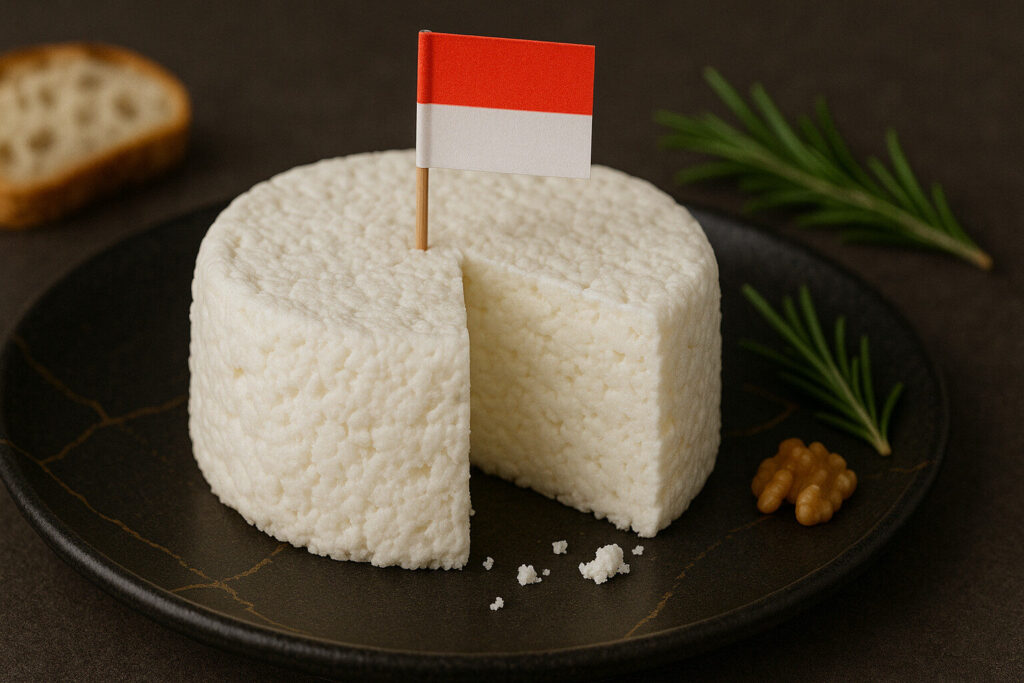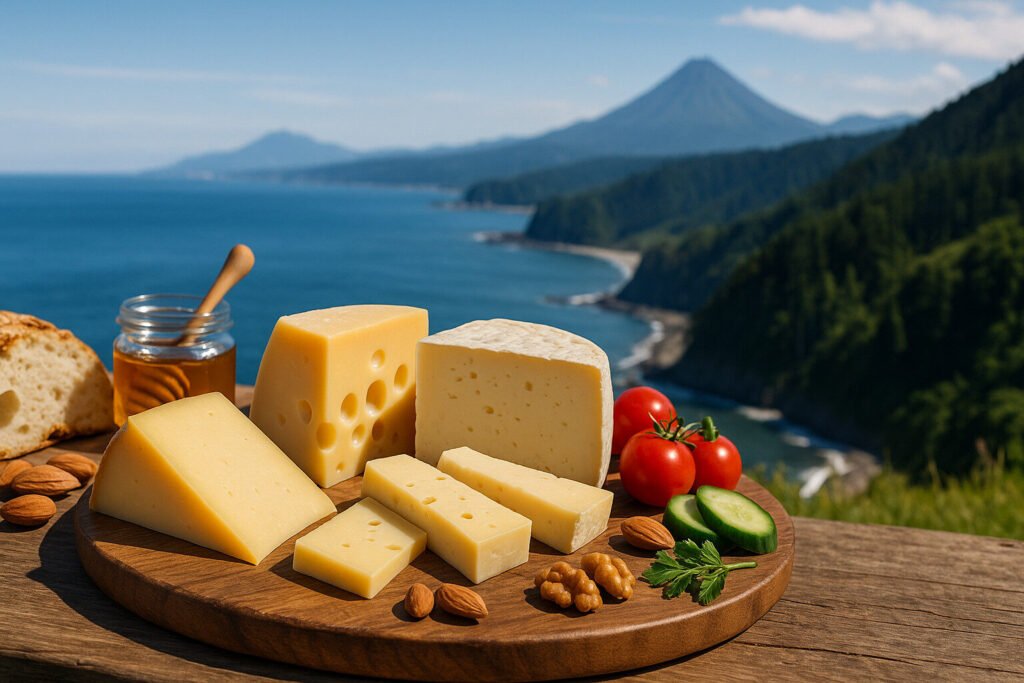Cheese Of Indonesia
Definition and Scope
Indonesia’s cheese landscape is defined by its adaptation of European dairy traditions to tropical conditions. The country produces both fresh and processed cheeses, primarily using cow’s milk from local dairy farms. These products reflect a blend of imported techniques and local culinary preferences.
Indonesian cheese varieties remain limited compared to global standards, focusing on practical adaptations. Common styles include fresh cheese similar to paneer and processed cheese blocks for mass consumption. The scope encompasses both traditional homemade cheeses and industrial production for domestic markets.
Production Methods
Indonesian cheese production typically employs pasteurized milk due to climate and regulatory requirements. Small-scale producers often create fresh cheeses using simple acid coagulation methods. These techniques allow for quick production without extensive aging facilities.
Industrial manufacturers utilize modern equipment for processed cheese production. They incorporate local ingredients like palm oil in some blended products. The humid tropical climate necessitates controlled environments throughout the manufacturing process.
Sensory Profile
Indonesian fresh cheeses generally present mild, milky flavors with subtle salty notes. Their textures range from soft and crumbly to semi-firm depending on moisture content. These cheeses typically lack the complex flavor development found in aged varieties.
Processed Indonesian cheeses exhibit uniform, smooth textures with consistent saltiness. They maintain mild dairy flavors without strong aromatic compounds. The sensory characteristics prioritize accessibility and compatibility with local cuisine.
Culinary Applications
Indonesian cheeses primarily function as cooking ingredients rather than table cheeses. They commonly appear in Western-inspired dishes adapted to local tastes. Street food vendors incorporate cheese into snacks like martabak and roti bakar.
Traditional Indonesian cuisine rarely features cheese, but modern fusion dishes increasingly include it. Processed cheese serves as a convenient topping for burgers and pizzas in urban areas. Fresh cheeses work well in grilled sandwiches and stuffed pastries.
Regional Examples
West Java represents a significant cheese production region with several small-scale dairy operations. The area around Lembang produces fresh cheese for local markets and restaurants. These regional varieties maintain simple profiles suited to immediate consumption.
Jakarta and other major cities host industrial cheese manufacturing facilities. These urban centers distribute processed cheese nationwide through supermarket chains. Bali has developed some artisanal cheese production targeting tourism and expatriate communities.




